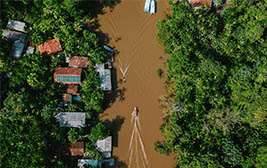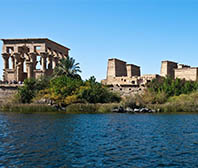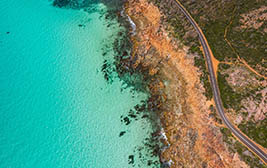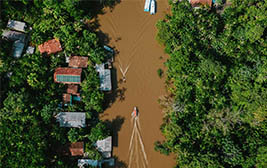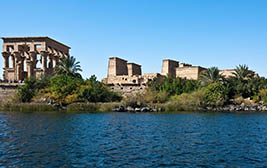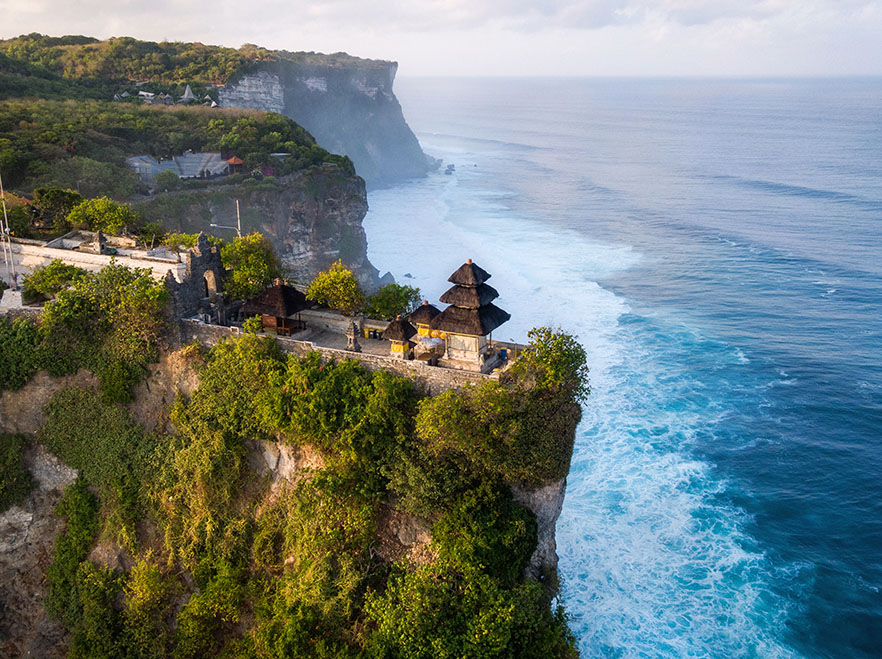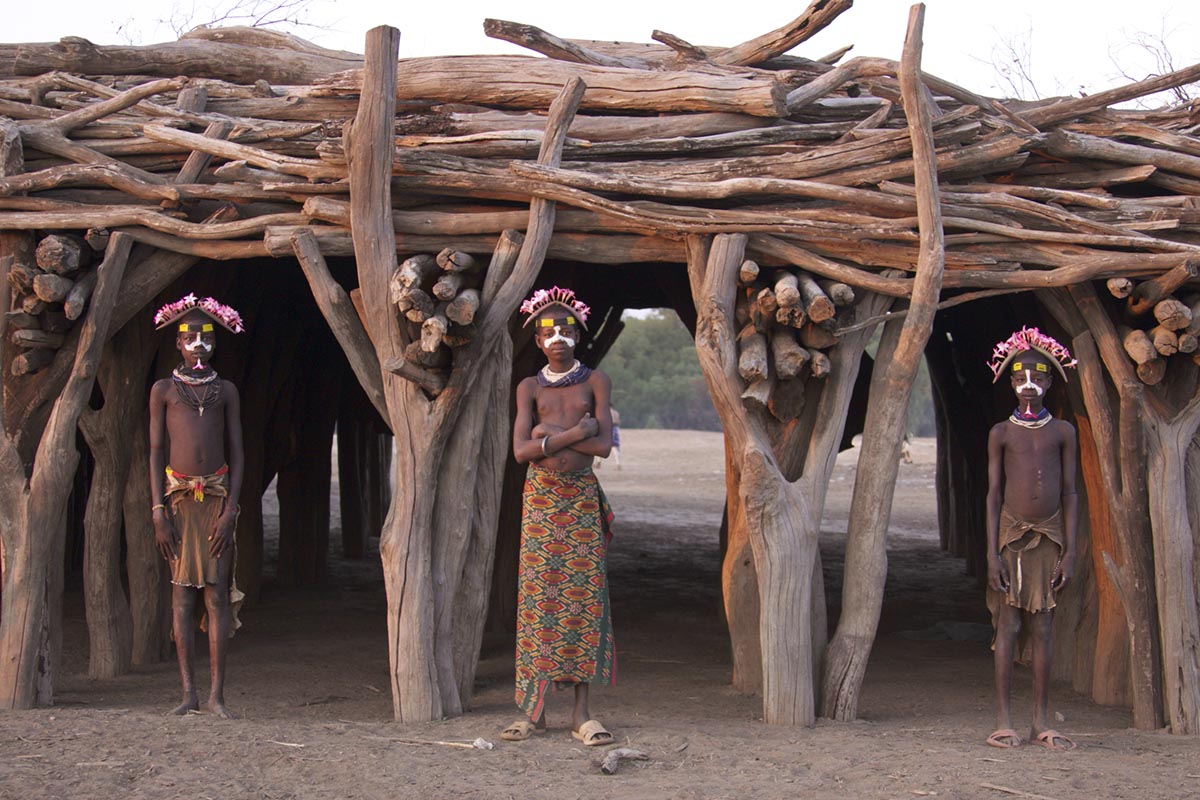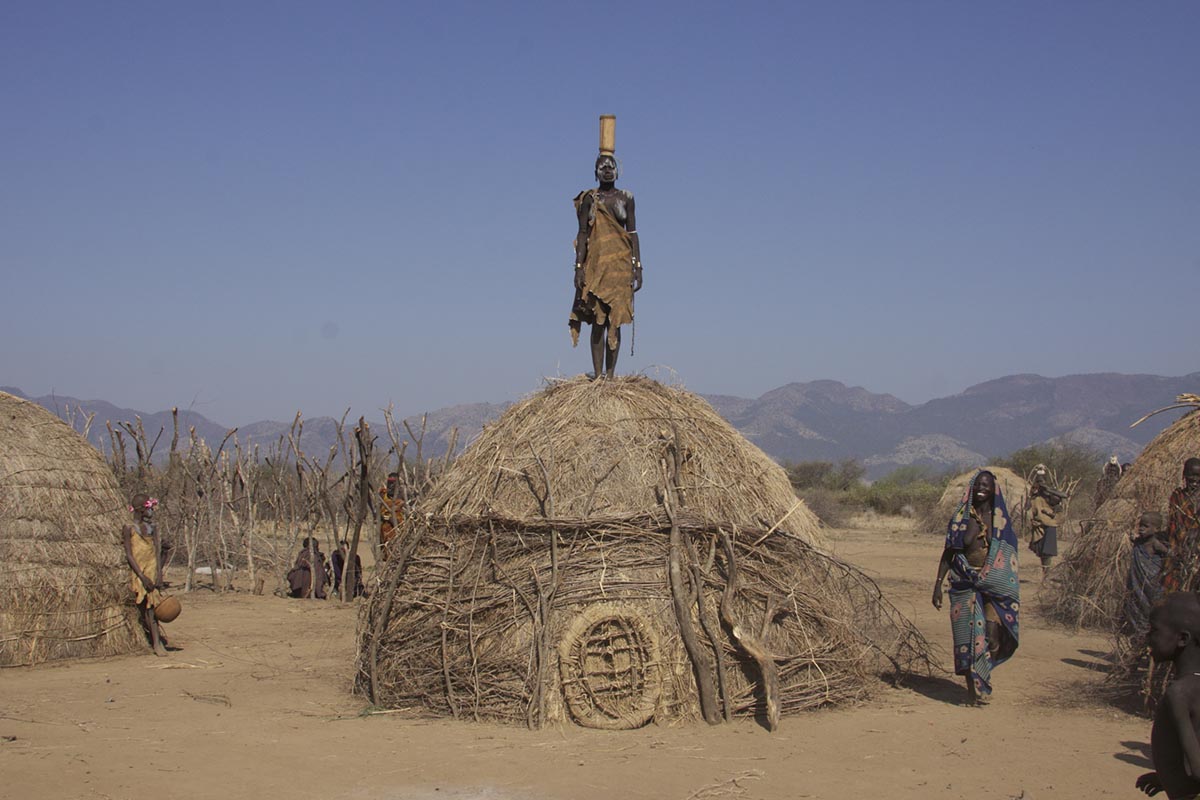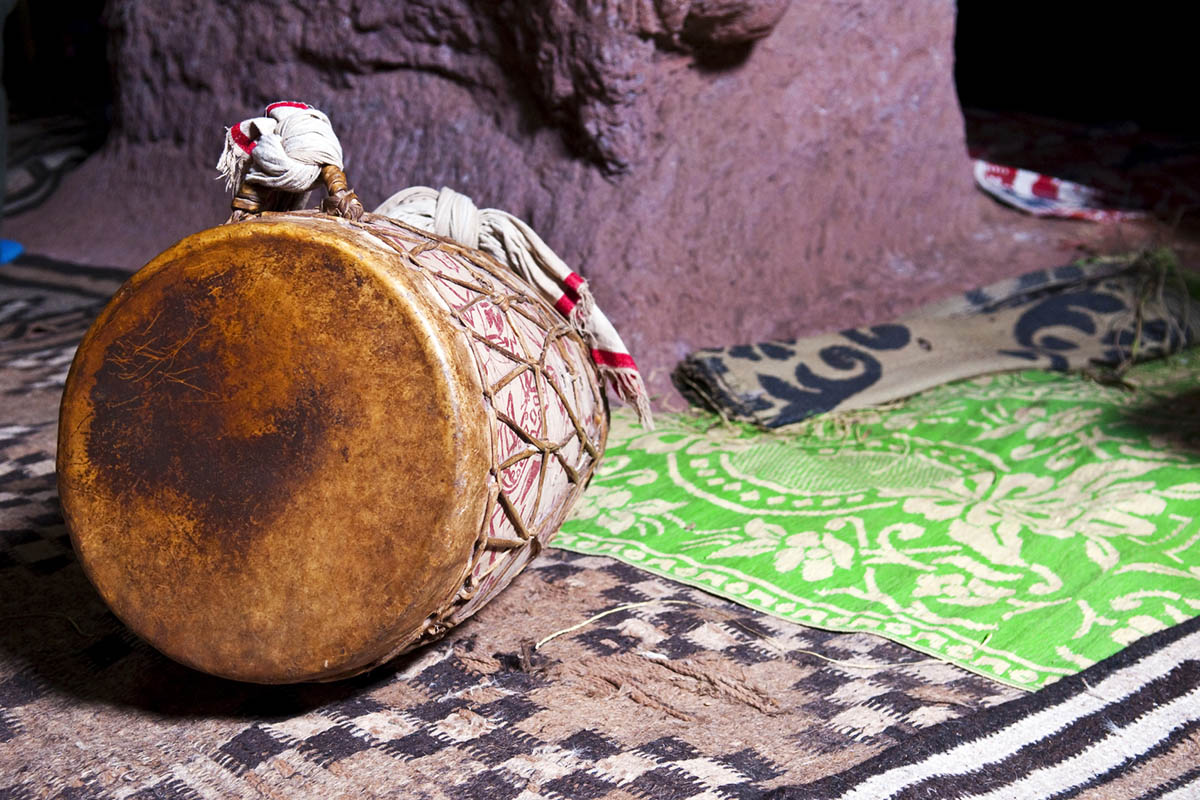BY OLIVER BENNETT, GUEST BLOGGER
There is a destination about eight hours flight from the UK, which is like jumping headfirst into an Indiana Jones movie – all mysterious obelisks, plant-fronded palaces, tales of ancient dynasties and yes, a serious claim to be where humans originated. So, where is this magical place? Ethiopia. And the moment you land in Addis Ababa, and drive through suburbs into Africa’s most important hub, the weight of its history – not to mention the capital’s high altitude – starts to make you giddy.


